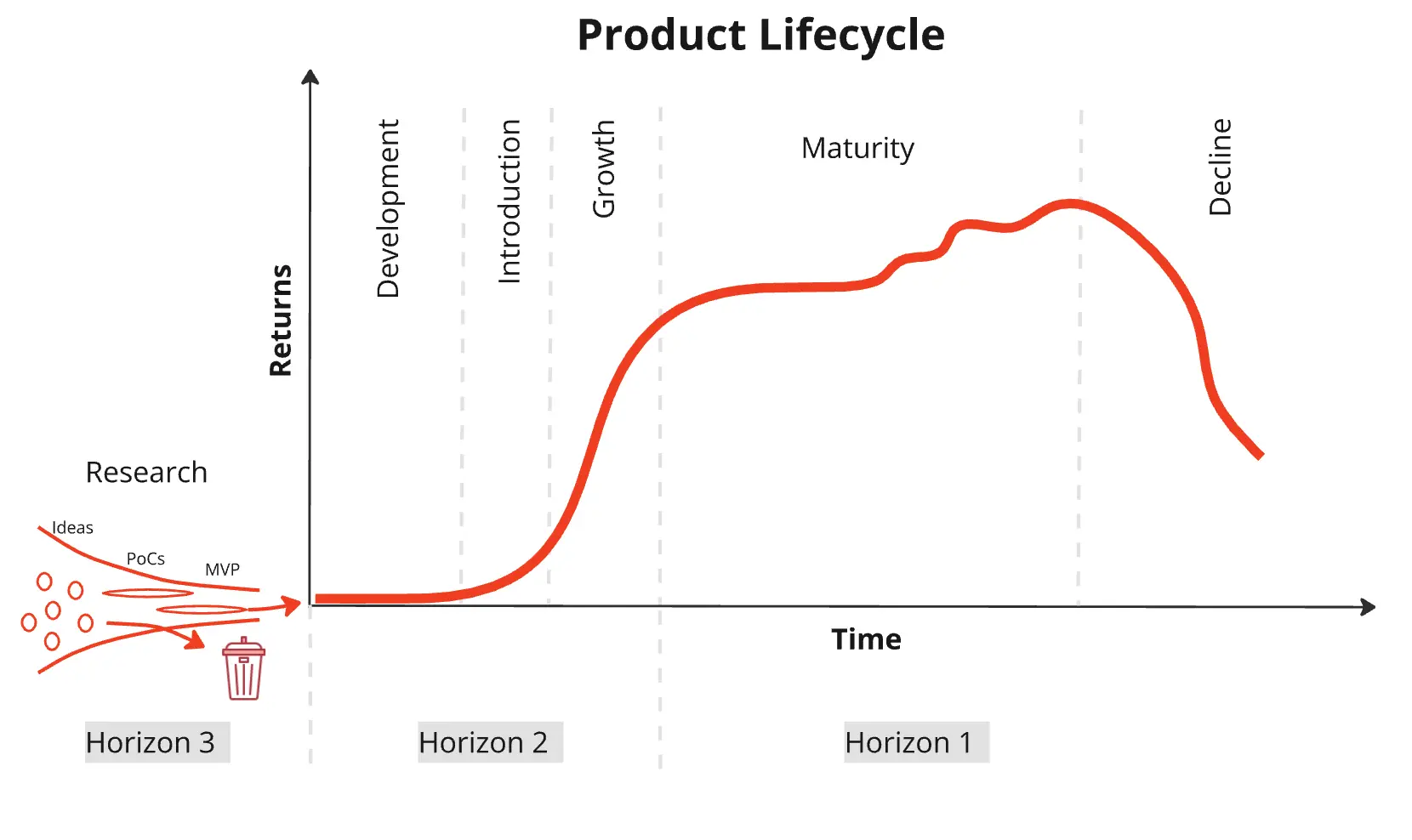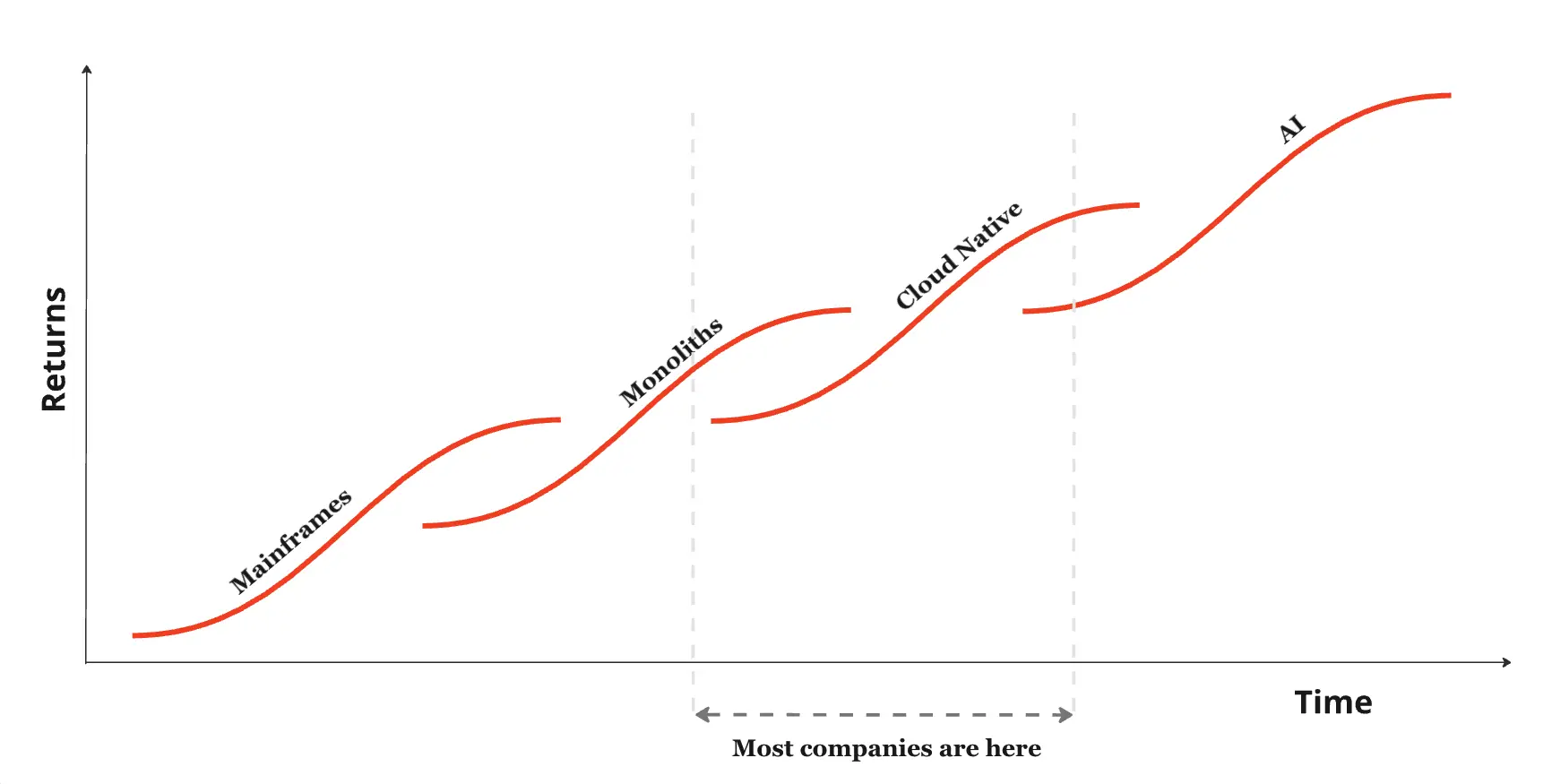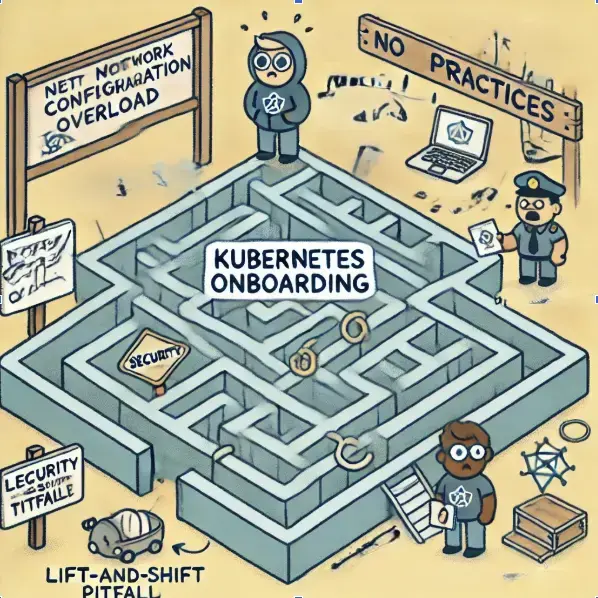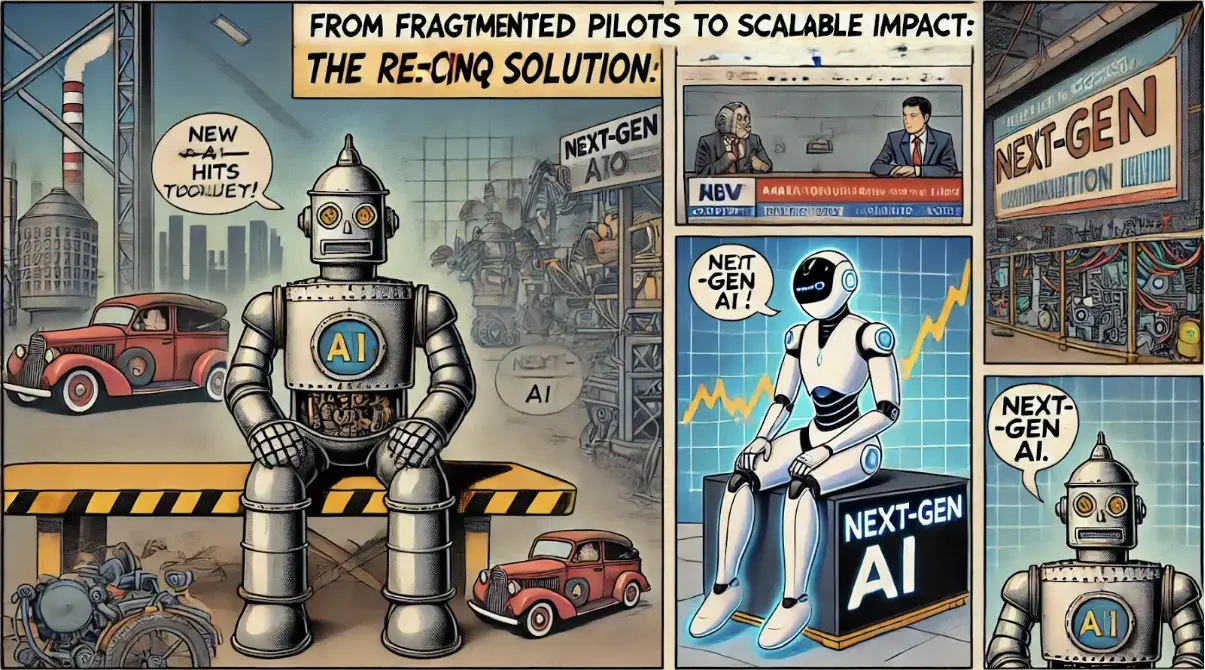Stuck in the Middle? Reach Operational Excellence with Cloud Native

In my previous post , I discussed my book Cloud Native Transformation: Practical Patterns for Innovation . The book outlines a typical project lifecycle curve that starts with research and exploration, then moves to identifying a new winning technology, and then embarking on a transformational journey that typically takes 2-5 years. Once maturity is achieved, the sustaining innovation process continues, but most major changes related to the big transformation are done.
The transformational transition is a type of radical innovation that allows the business to dramatically increase its capabilities and create more value for larger customer bases. As maturity is achieved, the sustaining innovation process continues, but at that point, most major changes related to the big transformation are done, and the team can put the painful change process behind them and focus on high-velocity and high-quality delivery to customers based on the newly implemented technologies.
Of course, such transformational change isn’t a one-off process but a fact of life, and once every few years, most businesses would have to change their ways of working so as not to fall behind the competition.
The Current State of Cloud Native Transformation
Last decade or so, most companies were moving from IT systems dominated by monolithic architecture and waterfall processes towards distributed, Cloud Native systems. For many large enterprises, monoliths and waterfall are still a major part of their work, but at the same time, there is no enterprise or even a small business with meaningful IT that didn’t try containers, Kubernetes, or any other Cloud Native tools and technologies.

Most companies today are somewhere in between a stable waterfall and starting Cloud Native transformation up to already fully Cloud Native and looking at the next wave that is likely to be driven by AI.
Different Stages of Cloud Native Transformation
More traditional and slow enterprises are still mostly waterfall and still struggling with first implementations of Cloud Native systems. For them, Kubernetes is still a big challenge, and they are shaking up their teams towards DevOps and implementing proper Agile processes. Those companies can definitely benefit from reading the Cloud Native Transformation book to reduce their Transformation time from 5+ years to 2-3 years. Transformation is like house renovation; it is painful when it’s going on, and the value is only realized when the renovations are complete.
More innovative enterprises are already mostly Cloud Native. They probably still have islands of legacy monoliths, but the absolute majority of their work is done in public or private clouds, on relatively mature Internal Development Platforms with CI/CD, microservices, and even some level of Team Topologies and SRE teams. They are also already looking into AI to make sure they are not surprised by their competitors.
And of course, there are also the most advanced ones that have already reached the level of maturity like Google, Amazon, or Meta. I have met quite a few advanced teams like that, but the majority of them are young businesses that were born into the Cloud Native world. And there are few older businesses that successfully transformed into full Cloud Native Maturity.
On the other hand, I’ve also seen businesses with predominantly Cobol/mainframe drives, as weird as it may sound in the year 2024. I would definitely recommend those businesses to move on and invest in new technologies. They are like businesses using horses 30 years after cars became common.

The challenges of a transition across radically different technological waves is very well described in the book Innovator’s Dilemma by Clayton M. Christensen .
Conclusion
While the journey to Cloud Native maturity can be challenging, it is essential for organizations seeking to remain competitive in today’s rapidly evolving technological landscape. It’s important to recognize that Cloud Native transformation isn’t simply about adopting new tools and technologies; it’s about embracing a new way of working that fosters agility, scalability, and resilience.
The true value of Cloud Native lies in achieving actual maturity, not settling for a half-finished setup. Companies must push beyond initial implementations and strive for a fully integrated and optimized Cloud Native environment. Only then can they reap the full benefits of increased efficiency, faster innovation, and the ability to respond quickly to changing market demands.
The journey may be long, but the rewards are undeniable. For those organizations willing to embrace the challenge and persevere, Cloud Native maturity represents a powerful opportunity to thrive in the digital age.
Need help with Cloud Native or AI Platforms? Reach out for a Maturity Assessment









